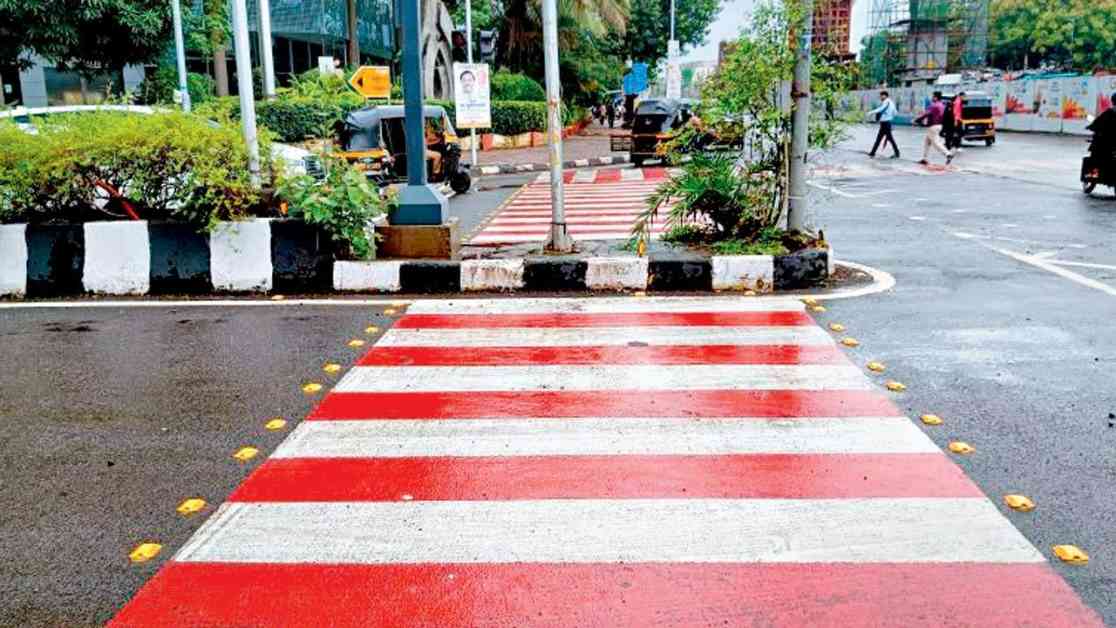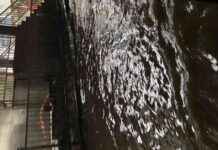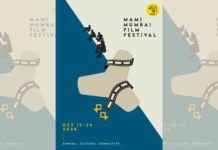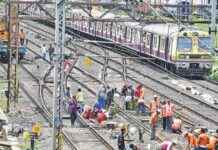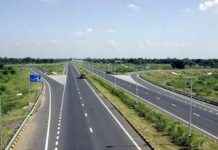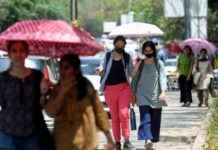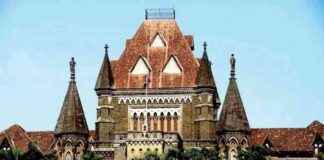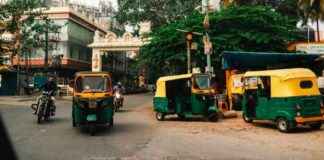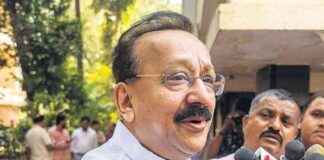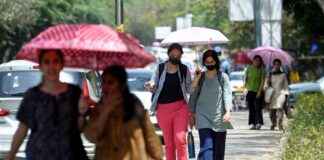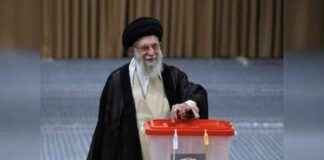Transforming BKC in Mumbai into a Pedestrian-Friendly Paradise with Multiple Bridges
In a bid to make the bustling Bandra Kurla Complex (BKC) in Mumbai more pedestrian-friendly, experts are proposing the construction of multiple bridges connecting the area to key locations like Kurla, Sion, and Chunabhatti. This transformative project aims to enhance pedestrian dynamics and provide easy walking access to BKC, addressing the current challenges faced by pedestrians navigating the area.
The suggestions for building pedestrian bridges linking BKC to surrounding areas have been put forward by the Walking Project to the Mumbai Metropolitan Region Development Authority (MMRDA) and the guardian minister. These recommendations stem from a survey conducted at BKC, which identified various issues and proposed enhancements to create a more pedestrian-friendly environment in the area.
With the recent approval of the Station Area Traffic Improvement Scheme (SATIS) at Kurla station by the Chief Minister’s Office, the proposal to construct pedestrian bridges gains further significance. The initiative, spearheaded by local MLA Mangesh Kudalkar, highlights the importance of improving pedestrian connectivity and access in the region.
Vedant Mhatre, the programme director of the Walking Project, emphasized the potential impact of adding pedestrian bridges over the Mithi river, similar to those in Ahmedabad. These bridges could significantly reduce the walking distance between Kurla station and Diamond Bourse by nearly 25%, from 2.1 km to 1.6 km. Furthermore, implementing traffic calming measures, improving parking management, and ensuring thorough cleaning around Kurla station could boost the average walking speed from 4 km/h to 5 km/h, enhancing the overall pedestrian experience in the area.
The proposed bridges in Kurla West would connect key pathways like New Mill Road/SG Barve Road and Belgrami Road, facilitating easier access for pedestrians commuting to and from Sion and Chunabhatti stations. By adding another bridge and foot overbridges further south, pedestrians could reach ONGC in just 15 minutes (1.3 km), reducing the passenger load at Kurla station and alleviating traffic congestion in the vicinity.
Mhatre highlighted the need for pedestrian-friendly infrastructure in the area, pointing out that the current lack of footpaths in certain areas contributes to traffic congestion and restricts pedestrian movement. By implementing the proposed solutions, the dependence on road transport, particularly single-occupancy vehicles, could be significantly reduced, leading to a more sustainable and efficient transportation system in BKC.
The recommendations put forward by the Walking Project include enhancing solid waste management, retrofitting footpaths with standard ramps and tactile paving, improving intersection safety, and maintaining key footpath segments and walking corridors. Additionally, the construction of pedestrian bridges across the Mithi river and the reconstruction of the Bandra East skywalk are vital components of the proposed action plan to make BKC a pedestrian-friendly paradise.
MMRDA officials have acknowledged the suggestions and committed to analyzing them further to determine the feasibility of implementation. The collaborative efforts of activists, government agencies, and stakeholders aim to create a safe, convenient, and joyful walking experience in BKC and its surrounding areas, transforming the region into a pedestrian-friendly paradise for residents and visitors alike.
